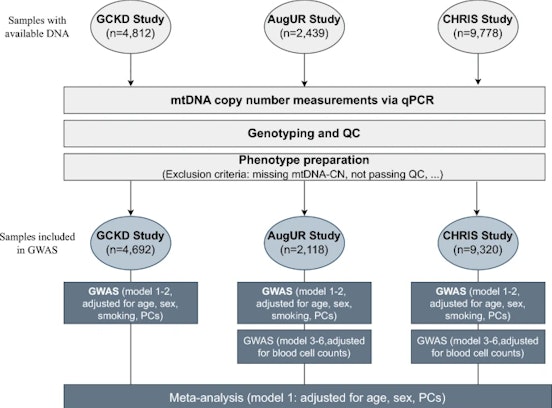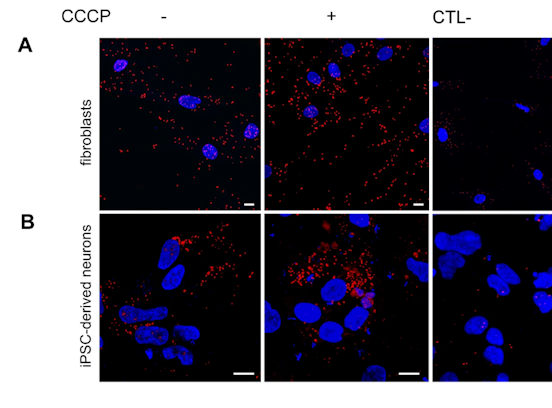Institute for Biomedicine - News & Events - Insights into the genetics of human height
Insights into the genetics of human height
We joined the largest genome-wide association study (GWAS) reported to date, with data from our CHRIS study.
- English
More than 12,000 genetic variants associated with human height are uncovered in a paper published in Nature this week. The findings are made through the analysis of genome-wide genotyping data from nearly 5.4 million individuals, including data from our CHRIS study. Indeed, our Institute for Biomedice joined the GIANT consortium and contributed to the largest genome-wide association study (GWAS) reported to date, with data from our CHRIS study.
Adult height is heritable and easily measurable: previous research has identified a large number of common genetic variants associated with height, including genes associated with skeletal disorders, primarily in populations with European ancestry. Height provides a model trait for assessing the role of genetic variation in the architecture of observable human traits (phenotypes).
Loïc Yengo and colleagues from the GIANT consortium performed genetic analyzes of nearly 5.4 million individuals from a range of ancestries: 75.8% of the sample had predominantly European ancestry, 8.8% predominantly East Asian ancestry, 8.5% predominantly Hispanic ethnicity, 5.5% predominantly African ancestry and 1.4% predominantly South Asian ancestry. They identified 12,111 independent genetic variants that are significantly associated with height. The authors suggest these variations account for nearly all common variants associated with height, particularly in populations of European ancestry. When they looked at the position of these variants across the genome they found variants were more likely to be clustered close to genes already known to be associated with growth disorders. The authors indicate that the genetic variants associated with height identified in this study account for 40% of the variation in height in populations with European ancestry, but only around 10–20% in other ancestries.
The findings demonstrate that, with sufficiently large sample sizes, we can produce a saturated map of regions in the genome that contribute to variation. They conclude that although their study provides a saturated map of the genomic regions associated with height in populations with European ancestry, further research is needed in groups of non-European ancestries to achieve the same level of saturation.
Link to the paper: https://www.nature.com/articles/s41586-022-05275-y









